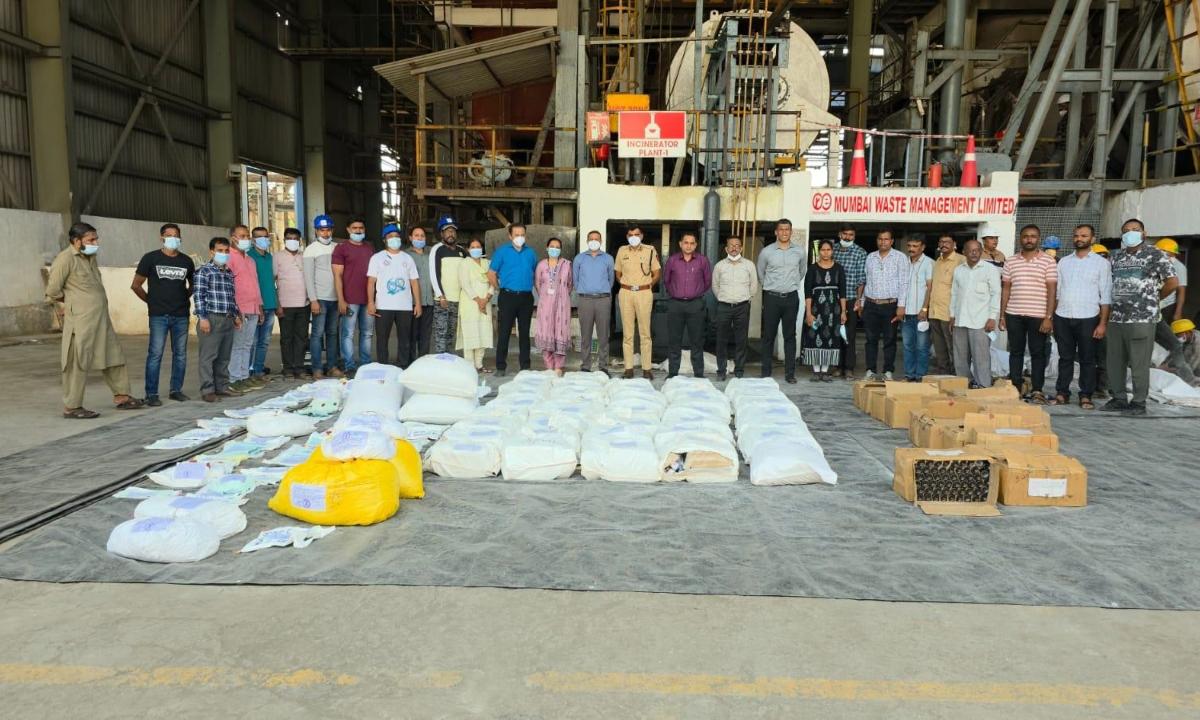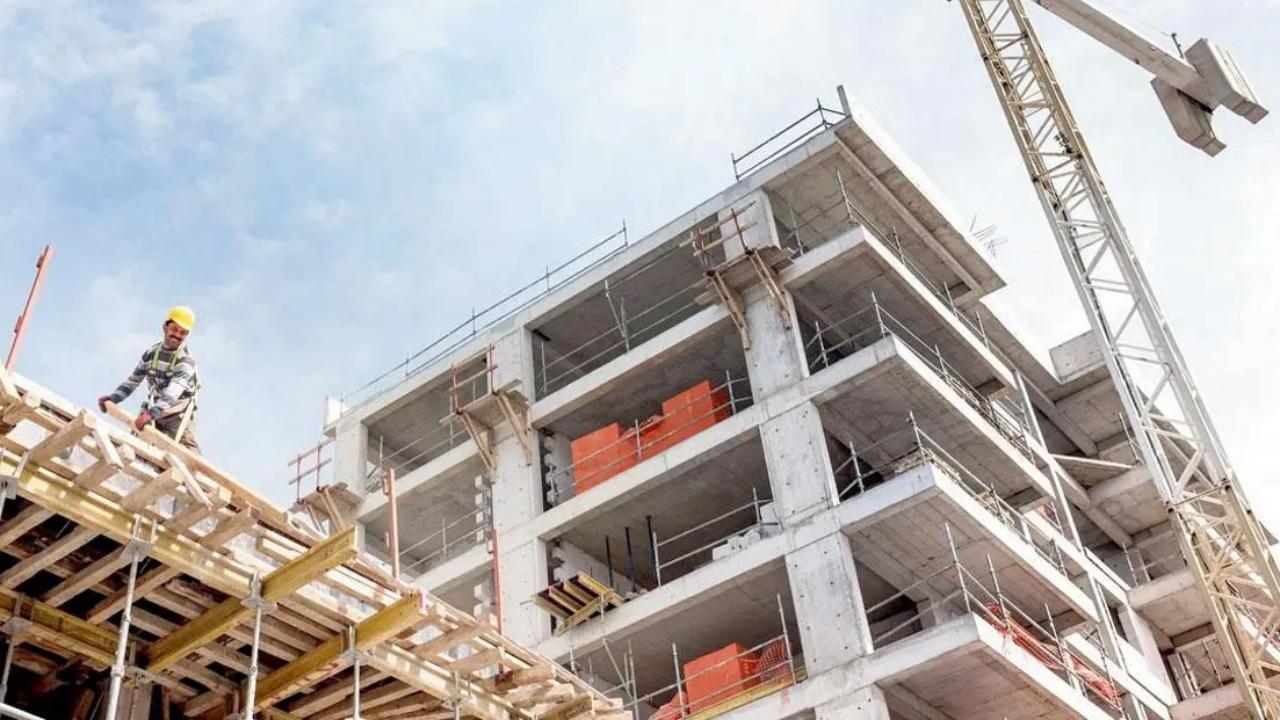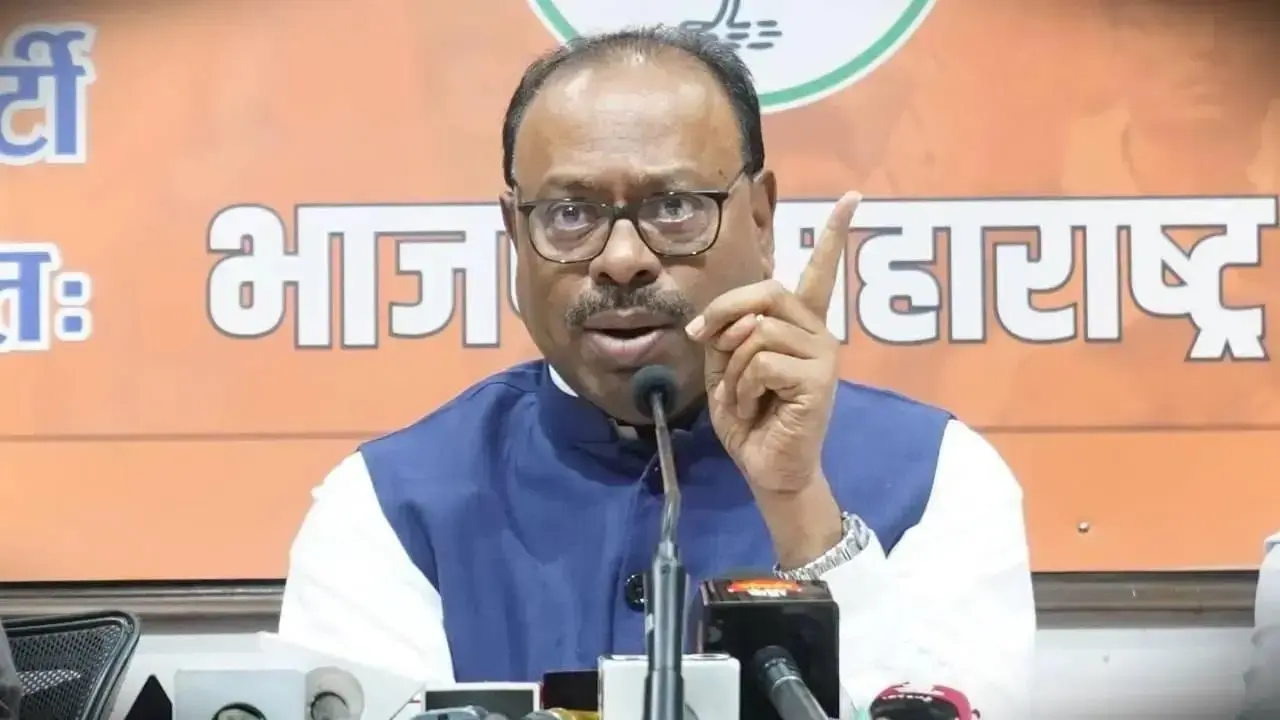A two-day traffic paralysis on the Mumbai–Ahmedabad Highway (NH-48) has laid bare the stark divide between India’s VVIPs and its everyday commuters. While thousands of citizens, including school children and patients, were stranded for hours, it took a minister’s convoy getting stuck to finally spur action.
The chaos began after Maharashtra Forest Minister and Palghar Guardian Minister Ganesh Naik’s convoy was caught in the gridlock on Wednesday morning while travelling from Navi Mumbai to Palghar for a District Planning Committee (DPC) meeting. The jam delayed the meeting by over two hours.
Eyewitnesses captured videos of Naik’s police-escorted convoy taking a U-turn and driving on the wrong side of the road to bypass the jam. The footage quickly went viral, triggering outrage online. “This shows two Indias on the same road — one for the powerful, one for the powerless,” a commuter said. Another added, “Traffic rules apply only to the ‘aam aadmi,’ not the VVIPs.”
Quick fix for the powerful
The difference in administrative urgency was stark. Sources confirmed that emergency patch repairs and clean-ups were mobilised immediately after the minister’s convoy got stuck, and the traffic was cleared within a few hours — a sharp contrast to the prolonged suffering usually faced by citizens. In response to the incident, Naik defended his actions and emphasised the seriousness of the congestion. “The jam affected not just vehicles but also senior citizens and women. I have instructed the authorities to install mobile toilets along this stretch and ensure permanent measures are taken so such congestion does not occur again,” he said.
Screengrab from the viral video showing Minister Ganesh Naik’s convoy driving on the wrong side of the Mumbai–Ahmedabad Highway. Pics/By Special Arrangement
Taking note of the jam between Versova and the Khaniwade toll plaza, Naik directed the district administration and police to develop long-term strategies. Highway police explained that the gridlock near Vasai was triggered by a block taken up in the Gaimukh area. Instead of parking on one side of the road, heavy vehicles had stopped in the middle, creating a two-way jam. Police assured the minister that the block had been cleared the previous night and that traffic had started to normalise. MLAs Sneha Dube Pandit and Rajendra Gavit also called for stricter management and time-based restrictions on heavy vehicles.
“We are all responsible for this traffic congestion,” Naik said, stressing that the issue was not a “one-day complaint” but a chronic problem. He urged vigilance to ensure that public frustration and unrest do not escalate. Naik blamed the slowdown not just on the Ghodbunder diversions but also on potholes on newly constructed concrete roads that reduce vehicle speeds, poor coordination among government departments, and mismanagement during ongoing construction work. He added that he had instructed the district administration not to accept new concrete roads until they meet quality standards, citing numerous complaints about poor workmanship.
Suhas Chitnis, project director at the National Highways Authority, said 121 kilometres of concrete work had been completed, with the Sativali flyover expected to open by early November. Potholes on certain stretches have been filled using epoxy resin, and micro-surfacing work is scheduled to begin after Diwali. “We lose entire days and thousands of rupees in fuel because of this. Authorities only mobilise when a minister is delayed. For the rest of us, this highway is a permanent parking lot and a death trap,” said a daily bus operator. “NH-48 doesn’t need VVIP movement — it needs real movement,” added a frustrated truck driver.
Outrage and cynicism
The viral video of the minister’s convoy prompted social activist Dr Binu Varghese to tag top officials and demand action. “Ambulances, schoolchildren, and commuters continue to suffer while contractors go unpunished,” he wrote. With 238 accidents and 131 deaths on the Talasari–Dahisar stretch this year, critics say NH-48’s problems are structural — and deeply political. For now, locals joke that the highway will remain “clear for ten days,” until the next VVIP gets stuck. Until accountability and uniform enforcement arrive, NH-48 will stay what commuters now call it: the highway of two Indias — one that moves, and one that waits.











